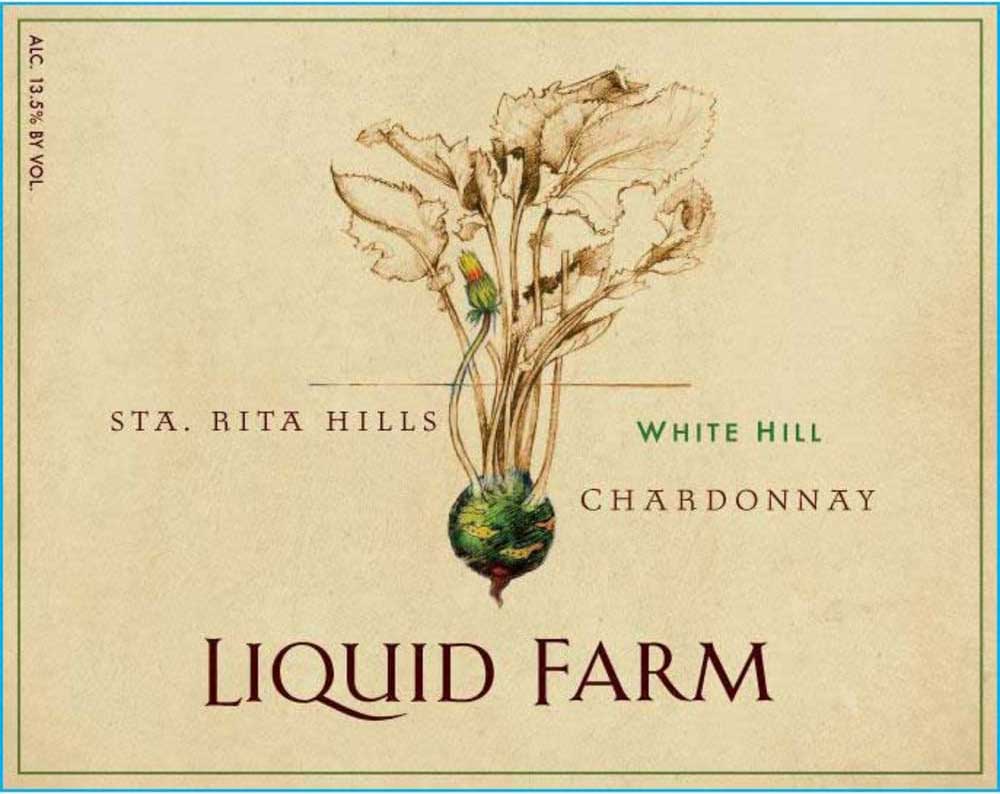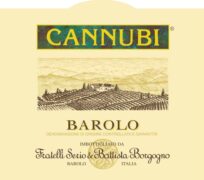Chilean wine has a rich and storied history that dates back to the arrival of Spanish colonizers in the 16th century. Over the centuries, Chile has developed into one of the world’s most celebrated wine-producing countries, known for its diverse varietals and exceptional quality. This article explores the evolution of Chilean wine from its colonial roots to its current status on the global stage.
Early Beginnings
The story of Chilean wine begins in 1541 when Spanish conquistadors introduced grapevines to the region. The first varietals planted were Mission grapes, which were primarily used for producing sacramental wine. The favorable climate and fertile soil of Chile allowed these early vineyards to flourish, laying the foundation for a burgeoning wine industry.
The 19th Century: A Turning Point
The 19th century marked a significant turning point in Chilean winemaking. During this period, many European immigrants, particularly from France and Germany, arrived in Chile and brought with them advanced winemaking techniques and varietals. This influx of knowledge led to the establishment of new vineyards and the introduction of high-quality grape varieties, such as Cabernet Sauvignon, Merlot, and Carmenère.
Carmenère, once thought to be extinct in France, found a new home in Chile, where it thrived and became a signature varietal of the country. This era also saw the construction of modern wineries and the adoption of technological advancements, further enhancing the quality of Chilean wines.
The 20th Century: Challenges and Resilience
The 20th century presented several challenges for the Chilean wine industry, including economic fluctuations and political instability. The 1973 military coup disrupted many sectors of the economy, including agriculture. However, the wine industry displayed remarkable resilience. In the 1980s, a new generation of winemakers emerged, focusing on quality over quantity and establishing Chile as a global wine destination.
The Globalization of Chilean Wine
The 1990s marked the globalization of Chilean wine, as the country began exporting its products to international markets. Chilean wines gained recognition for their exceptional quality and value, leading to a surge in popularity, particularly in the United States and Europe. Today, Chile is known for its diverse range of wines, from robust reds to refreshing whites, with an emphasis on sustainable practices and innovation.
Conclusion
From its humble beginnings to its status as a world-renowned wine producer, the history of Chilean wine is a testament to the resilience and ingenuity of its people. The combination of rich cultural heritage, diverse terroir, and a commitment to quality has positioned Chile as a significant player in the global wine industry. As wine enthusiasts continue to explore the vast offerings of Chilean wine, its storied past remains a vital part of its identity, enhancing the experience of every bottle uncorked.





















































